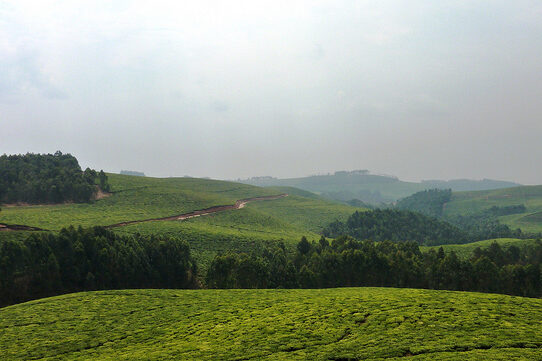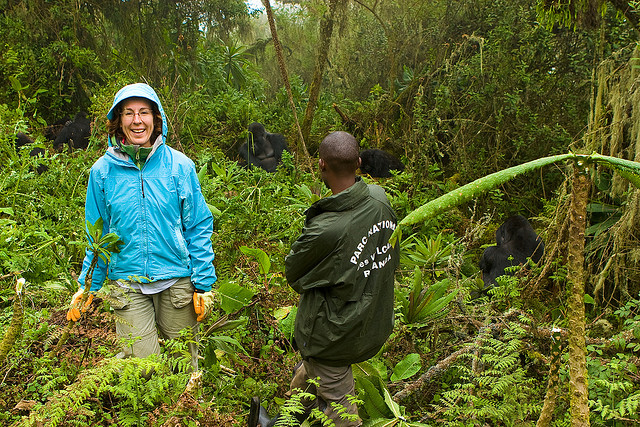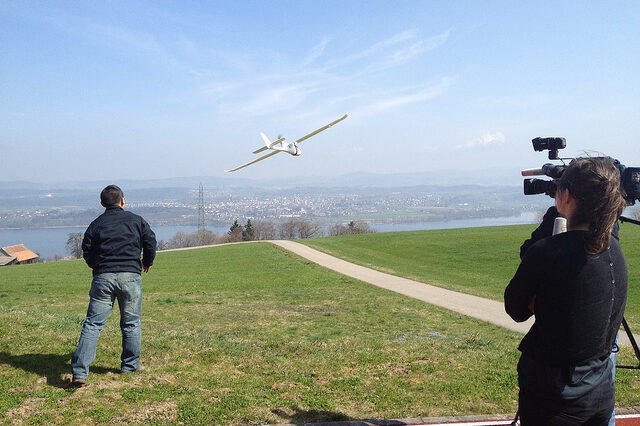Blog title
News
- Articles from Policy & Internet
- Books
- Call for Papers
- Child Safety
- Collective Action
- Conferences
- Democracy
- Development
- Economics
- Education
- Environment
- Ethics
- Governance & Security
- Health
- Interviews
- Mapping
- Methods
- Policy
- Politics & Government
- Publications
- Social Data Science
- Submissions Closed
- Tools
- Video
- Wellbeing
-

Examining the data-driven value chains that are changing Rwanda’s tea sector
—
in DevelopmentWhat role is new Internet connectivity playing in changing these sectors—which are often seen as…
-

Why haven’t digital platforms transformed firms in developing countries? The Rwandan tourism sector explored
—
in DevelopmentHave Rwandan firms been able to access online platforms? What impact has access to these…
-

Will China’s new national search engine, ChinaSo, fare better than “The Little Search Engine that Couldn’t”?
—
Branded explicitly as “China Search: Authoritative National Search,” ChinaSo reinforces a sense of national identity.…
-

Can drones, data and digital technology provide answers to nature conservation challenges?
—
in EnvironmentDrone technology for conservation purposes is new, and its cost effectiveness—when compared with other kinds…
-

Finnish decision to allow same-sex marriage “shows the power of citizen initiatives”
It is the first piece of “crowdsourced” legislation on its way to becoming law in…
-

The Future of Europe is Science and ethical foresight should be a priority
—
in EthicsHow will we keep healthy? How will we live, learn, work and interact in the…
-

Broadband may be East Africa’s 21st century railway to the world
—
The excitement over the potentially transformative effects of the internet in low-income countries is nowhere…
-

What does the recent LA School District “iPads-for-all” debacle tell us about the structural changes gripping the US K-12 educational system?
—
in EducationWhy are there such vast amounts of resources invested in education technology without substantial evidence…
-

Investigating virtual production networks in Sub-Saharan Africa and Southeast Asia
—
This mass connectivity has been one crucial ingredient for some significant changes in how work…


